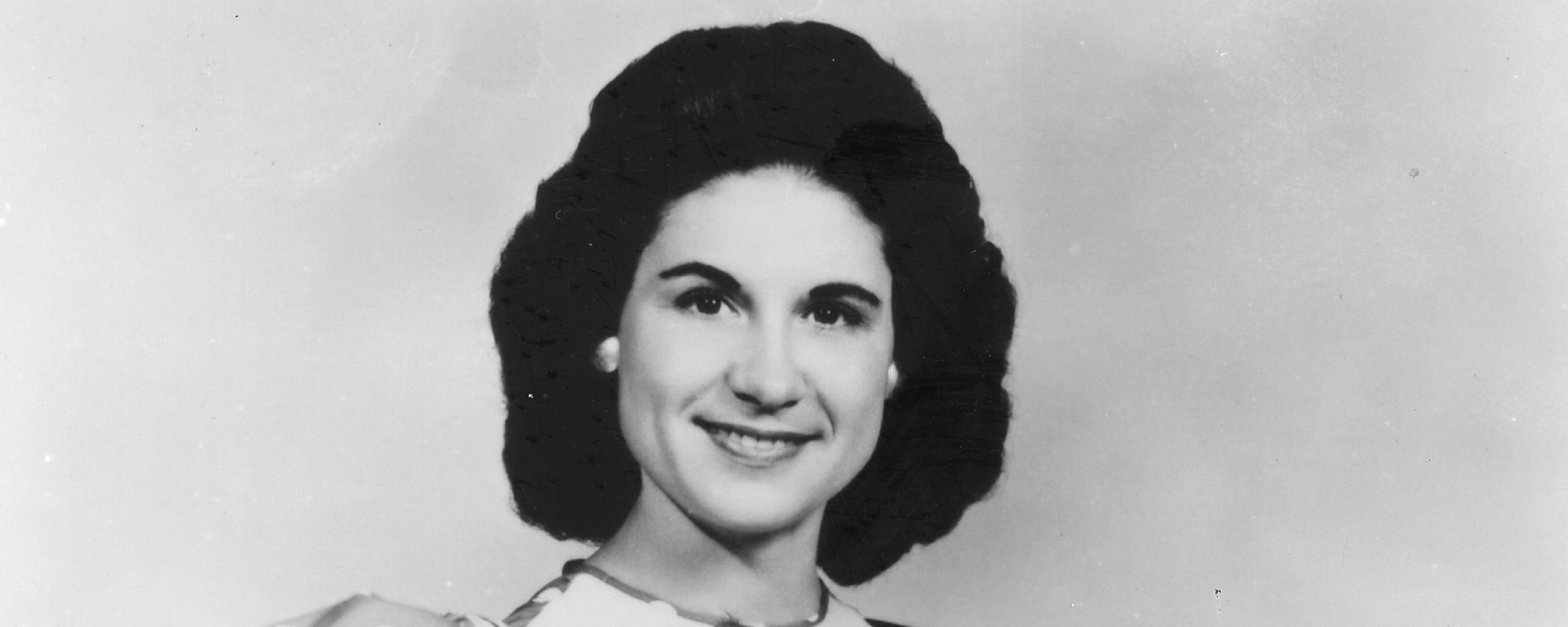Inspiration can come from the strangest, saddest, and scariest places, including this odd conspiracy theory that inspired Michael Stipe to write the classic R.E.M. song, “What’s the Frequency, Kenneth?” The chart-topping hit single from 1994 played into a cultural phenomenon that was already running rampant, thanks to a violent and seemingly random attack on CBS Evening News anchor Dan Rather years earlier in 1986.
Videos by American Songwriter
The incident quickly swirled into a conspiracy of its own, with some press outlets questioning Rather’s sanity and credibility. It wasn’t until 1997, three years after R.E.M. released their lead single from Monster, that law enforcement was able to solve the mystery of Rather’s harrowing attack.
Dan Rather Was Attacked Walking Home From Dinner at a Friend’s
On the evening of October 5, 1986, CBS news anchor Dan Rather was walking alone down Park Avenue after having dinner at a friend and colleague’s house. Suddenly, two men in business attire approached Rather and asked, “Kenneth, what is the frequency?” When Rather told them they “had the wrong guy,” one of the men responded by punching Rather in the jaw. The men continued to attack Rather even as he fell to the ground and quickly ran into a nearby apartment lobby. The residential building’s superintendent ultimately broke up the fight and saved Rather, who had suffered injuries to his face, jaw, and back.
News of the attack spread quickly. Rather addressed it on air, saying, “Why and exactly by whom [I was attacked] remains unclear, and it may never be determined.” The anchor called the attack “another one of those bizarre and frightening incidents that seem to happen from time to time in our country and elsewhere.” Rather’s account seemed straightforward and lucid enough, but after weeks, months, and eventually years went by, people started speculating as to whether Rather made the whole thing up or was misremembering the incident. The press questioned Rather’s credibility, which could potentially be a death knell for a news journalist’s career.
R.E.M. immortalized the question Rather claimed his attackers asked him, “What’s the frequency, Kenneth,” with a song of the same name. “When somebody first told me that R.E.M. had written a song about it, I said, “Damn. Here we go again,’” Rather later recalled. “But then I listened to the song and got it in some perspective.”
The Conspiracy That Inspired This R.E.M. Classic, Explained
Years after unknown assailants attacked Dan Rather in the street, the journalist was able to sit down with R.E.M. and ask them why they chose to write a song using a quote from the incident. As Michael Stipe explained in 2023, the question—and song itself—represented “inscrutability.” Stipe described “What’s the Frequency, Kenneth” as a song about “a character who’s desperately trying to understand a younger generation’s perspective and failing miserably at it. In the early 90s…there was a world-weary, kind of f***-it-all feeling coming out of grunge and that generation. This song was about someone who was really trying to tap into that.”
A few years after R.E.M. released their song referencing Rather’s attack, law enforcement officers tracked down the perpetrators, putting an end to the conspiracy once and for all. Police arrested William Tager for the death of an NBC technician, whom Tager shot outside of Today’s New York studios in 1994. Tager believed the news channels—in this case, NBC—were transmitting signals (or frequencies) to his brain that were disrupting and ruining his life. After police apprehended Tager, they cross-referenced Rather’s account of his 1986 attack with Tager’s and determined that the same man who shot the NBC technician was the one who started assaulting Rather on Park Avenue. Tager went to prison, and the conclusion of the mystery restored Rather’s credibility.
“I was very lucky and blessed that he didn’t kill me that night,” Rather said.
Photo by CBS via Getty Images













Leave a Reply
Only members can comment. Become a member. Already a member? Log in.